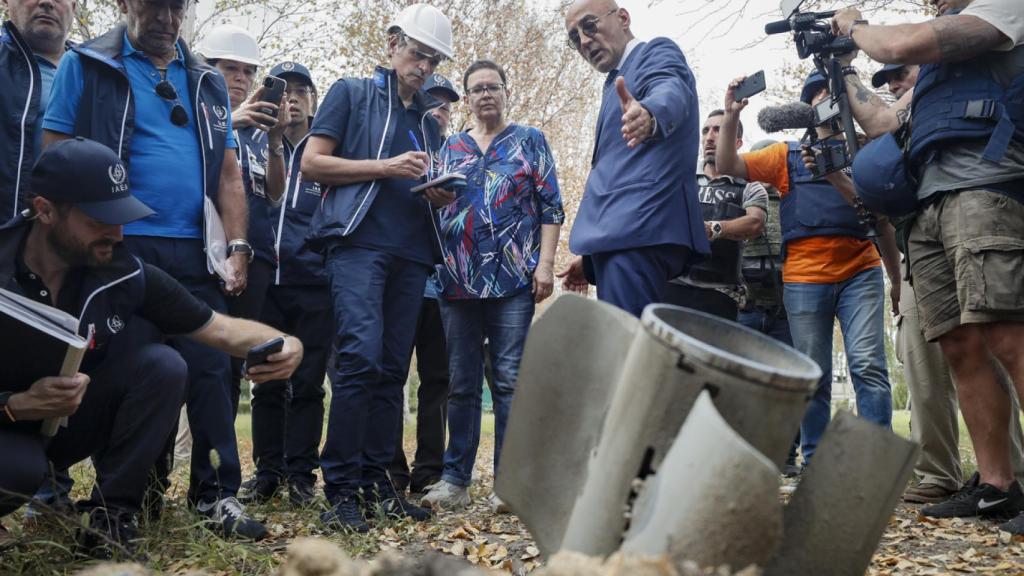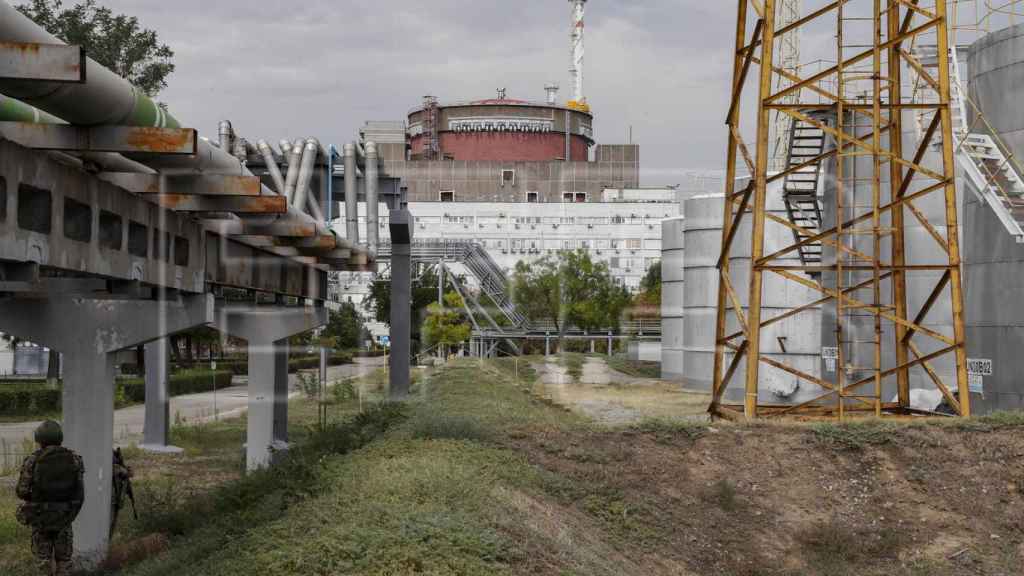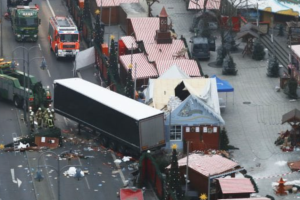His goal was, from the beginning, “prevent a nuclear disaster“. And after the first inspection, which lasted just a few hours, the experts of the International Atomic Energy Organization (IAEA) have concluded that “physical integrity” of the Ukrainian nuclear power plant in Zaporizhia, in Russian hands and the target of constant bombing, “has been raped several times“.
Behind these statements is the director of the IAEA, Rafael Grossi, who on Thursday, after leaving the plant facilities and heading to a safe place (to Ukrainian territory), warned that “it can’t happen again“.
At least, if you want to prevent a radioactive catastrophe whose proportions would be equivalent to those of Chernobyl. For this reason, despite the risk involved, the nuclear inspectors of the agency dependent on the United Nations (UN) will remain in place for an indefinite time, while negotiating with Ukraine and Russia the presence of a permanent mission.
Images of the Zaporizhia NPP taken during the IAEA visit.
Eph
“We are not going anywhere. The IAEA is at the plant and does not move, it will stay there,” added Grossi, who assured that “a continuous presence” would be established. For now no details released on the stability of the reactors.
However, during their visit, the experts from the UN agency toured the entire site and were able to see, among other things, missile debris stuck in the ground. A sample of military activity in the area, which has not stopped even with the visit of nuclear inspectors.
[Los motivos del ejército de Rusia para dejar de jugar con fuego en la central nuclear de Zaporiyia]

An image taken during the visit shows the Director General of the International Atomic Energy Agency (IAEA) Rafael Mariano Grossi next to a missile that would have hit in the vicinity of the plant.
Getting to the facilities has not been an easy mission. Initially, the team of 14 experts expected to arrive at the Zaporizhia nuclear power plant, on the eastern bank of the Dnieper River, early on Sunday.
To do this, it was necessary to cross the front line that separates the territory controlled by Ukraine from that controlled by Russia. A tour of 120 kilometers full of obstaclessuch as the recent bombings in neighboring areas that forced the IAEA mission to be delayed for several hours.
Some attacks that on Thursday forced the shutdown of one of the two reactors that still work at the plant, according to what he assured Energoatomthe Ukrainian company that has been in command of the facility since Russian troops took control in March.
I am finishing my first visit to #ukraine‘s #Zaporizhzhya Nuclear Power Plant.@IAEAorg is here to stay and will maintain a continued presence at #ZNPP. pic.twitter.com/k4zO3IMe2I
– Rafael Mariano Grossi (@rafaelmgrossi) September 1, 2022
“This morning the situation was quite difficult but… having come this far, I wasn’t going to stop,” Grossi said in the afternoon. That “difficult” refers to the crossfire, the heavy machine guns and the artillery mortars that he and his team had to overcome “on two or three occasions.”
without demilitarizing
The Zaporizhia nuclear power plant is the largest in Europe and its facilities house six of the 15 reactors that Ukraine has. Before the war, they provided 20% of the country’s electricityalthough the disconnection of some of them has reduced this capacity and has complicated the technical mission of the IAEA.
This has occurred after weeks of attacks in the vicinity. Without going further, Last Thursday, Energoatom announced that a fire had left the plant “totally offline” for hours due to damage to the electrical connections.
And those attacks, for which Ukraine and Russia blame each other, are likely to continue. Above all because, Moscow has refused to demilitarize the areaas the United Nations has requested on several occasions.















Add Comment